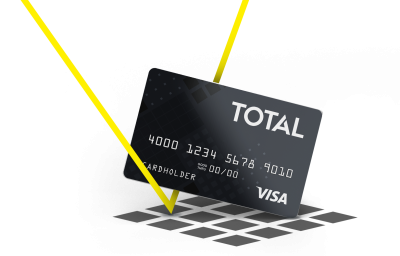What exactly is a credit report? Think of it like a school report card, but for your financial activities. The overall purpose of your credit report is to paint a picture of your so-called “creditworthiness” – that is, the likelihood that you will pay back a loan (or pay your credit card bill, or your rent, etc.)

Your credit report helps potential lenders decide whether to offer you credit. It gives them an idea of the kind of risk they might be taking on by lending to you. Sometimes even landlords, employers, and utilities companies will look at your credit score to decide if you’re a good candidate for their apartment, job, or services!
With a document as important as this one, it’s always a good idea to know what to expect when you’re going to read it. So, here are the four main categories of a credit report.

Identifying information is just your personal identity information that shows up at the top of your credit report. This includes your name, address, Social Security Number, date of birth, and employment information. None of this information is used to calculate your credit score, but it is important because it identifies you to creditors and vice versa. So, if you have an error in your identifying information, then it’s possible that the wrong credit history will get logged as yours!
When you look at your credit report, you may see old addresses. This isn’t usually something to worry about – the information on your credit report includes everything you’ve provided to creditors for the last 7 years. But if you see an address that you never lived at, you should pay attention! It could indicate mixed or merged credit reports, or worse – fraud.
- Credit cards
- Car loans
- Mortgages
- Student loans
- Personal loans
- Date you opened the account
- Credit limit or loan amount
- Account balance
- Payment history
- Whether payments are made on time
Credit inquiries
So, your current and past account information is the primary data that shows who you are as a credit user. Your credit report tells potential lenders how likely you are to pay back the money they lend you, or put another way, how risky it is to lend to you. The total history in your credit report is then used to calculate your credit score.

An inquiry shows up on your report whenever someone does a hard pull of your credit. This could be a credit card company, a cell phone provider, or anyone else you authorize to pull your credit report while applying for credit or a service. Inquiries stay on your report for 2 years and hard inquiries can cause a dip in your credit score.
Why? The answer isn’t necessarily that everyone looking for too much credit in a short amount of time is definitely going to be a bad credit user, but history has shown that it’s far more likely. So, if you have too many hard pulls on your credit in a 2 year period, then creditors know there’s a strong chance that you are more likely to not pay back your loan or credit card.
- Debt sent to collections
- Bankruptcies
- A chapter 10 bankruptcy remains for 7 years
- A chapter 7 bankruptcy remains on your credit report for 10 years
- Tax liens
Any time there is an item in the public record category of your credit report, it unfortunately has a negative impact on your credit score. If you ever find yourself in the position of having an item in the public record category, you’ll want to do some credit repair or consider getting a credit counselor.
